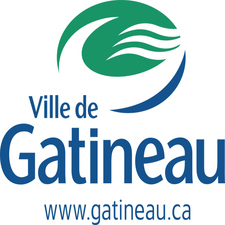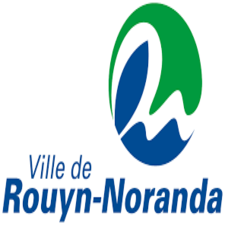Level
Type of resources
Topics
Keywords
Contact for the resource
Provided by
Formats
Representation types
Update frequencies
status
-

Level curve or altitude isopleth of the entire territory of the City of Gatineau (line formed by the relief points located at the same altitude or the line of intersection of a horizontal plane with the terrain relief) **This third party metadata element was translated using an automated translation tool (Amazon Translate).**
-

Level curve or altitude isopleth of the entire territory of the City of Gatineau (line formed by the relief points located at the same altitude or the line of intersection of a horizontal plane with the terrain relief)**This third party metadata element was translated using an automated translation tool (Amazon Translate).**
-

The level curves are derived from a LiDAR survey carried out in May 2014. The equidistance is 25 cm, the absolute planimetric accuracy (XY) is of approximately 40 cm and the absolute altimeter accuracy (Z) is approximately 20 cm. The urban sectors covered are the urban perimeters of Rouyn, Noranda, Granada, Évain (partially), Lac-Dufault and the airport. **This third party metadata element was translated using an automated translation tool (Amazon Translate).**
-

The Ministry of Public Security (MSP) supports the development of knowledge of flood risks. In collaboration with Laval University and the Reunification of Quebec Basin Organizations, the MSP has developed a methodical and rigorous process for documenting floods that have an impact on the safety of people and essential goods. Thus, since 2017, the Ministry of Public Security (MSP) has been acquiring in certain cases data related to the water level reached when floods with proven consequences occur in southern Quebec. Maximum water levels are indicated by flood overflows. __What is a flood wasteland? __ A flood (flood) is characterized by a rise in water on land that is usually dry, the reaching of a peak, then a descent of water (decline). Waste forms at the beginning of the flood when the water, when withdrawing, deposits materials that were in suspension or floating. These materials (mud, seeds, twigs and other debris) constitute flood wastes or flood plains. __Marking and surveying flood plains and water levels__ The marking of floodplains and water levels takes place on the ground shortly after the peak of the flood. The physical indices of the maximum water level reached (abandoned by the flood) or of the current water levels are identified and marked using permanent markers (markers). Afterwards, a land surveyor will precisely record the location and the altitude of the markers. __Point dataset “Water levels during a flood"__ The “Water levels during a flood” data set contains, for each marker, the date, altitude and location (measured by a land surveyor). There are two main types of observations made in the field: the natural flood defect (line of mud, seeds or trace of water) which indicates the maximum water level reached during the flood (called MAX) and the water level observed during the field visit (called CURRENT). The list of all attributes is provided in the dataset description sheet (Additional Information section). Despite the quality of the work carried out, the Ministry of Public Security cannot guarantee the absence of errors in the data. __Related datasets__ The “Flood markers” dataset produced by the Ministry of Public Security also contains maximum water levels reached during a flood. The link to this dataset is provided in the _Documentation_ section.**This third party metadata element was translated using an automated translation tool (Amazon Translate).**
-

The Ministry of Public Security (MSP) supports the development of knowledge of flood risks. Flood markers make it possible to illustrate the water level reached during a very major flood and thus to raise public awareness of the risks associated with it while maintaining this awareness of risk in the collective memory. __What is a flood marker? __ A flood marker is a physical mark (15 cm in diameter for the standard) testifying to the maximum level reached by a watercourse during a very significant flood on a given date. The flood marker is usually located at a permanent location and is easily visible to everyone, for example on the wall of a building or on a dedicated pole. __Point dataset “Flood markers” __ The “Flood reference” data set contains, for each marker, the location, the date of the reference flood and the maximum water level reached. The list of all attributes is provided in the dataset description sheet (Additional Information section). Despite the quality of the work carried out, the Ministry of Public Security cannot guarantee the absence of errors in the data. __Related datasets__ The “Water levels during a flood” dataset produced by the Ministry of Public Security also contains maximum water levels reached during a flood. The link to this dataset is provided in the _Documentation_ section.**This third party metadata element was translated using an automated translation tool (Amazon Translate).**
-

Level curves on the territory of Lévis. The equidistance is 50 cm, produced from a LiDAR survey carried out in May 2017.**This third party metadata element was translated using an automated translation tool (Amazon Translate).**
-

Information on the stations of the Quebec hydrometric network**This third party metadata element was translated using an automated translation tool (Amazon Translate).**
 Arctic SDI catalogue
Arctic SDI catalogue